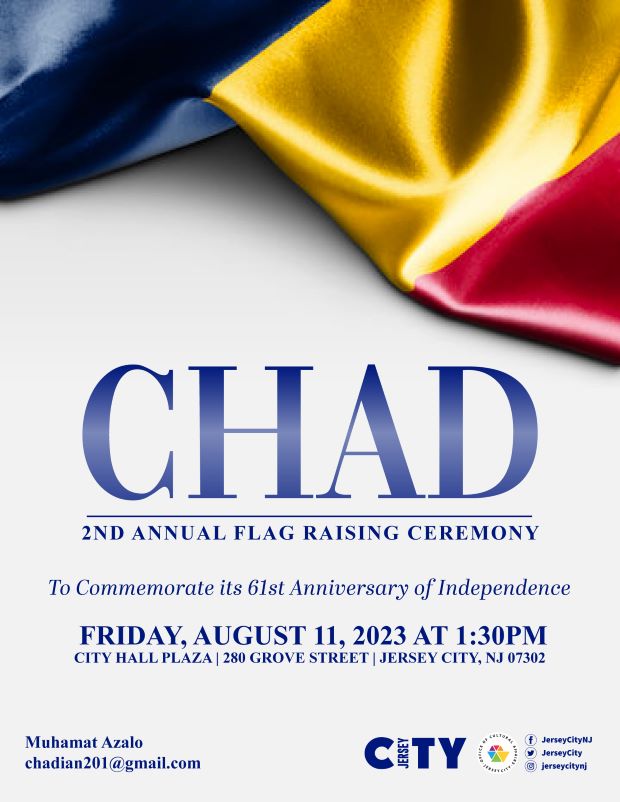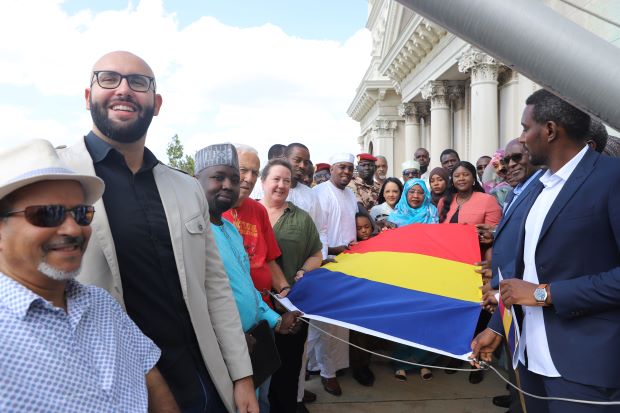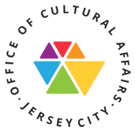CONCERT MOVED INDOORS DUE TO WEATHER
New Location: New Jersey City University Margaret Williams Theater 2039 John F. Kennedy Blvd, Jersey City Free parking inside NJCU garage. Enter on Culver Ave FOR MORE DETAILS CLICK […]
New Location: New Jersey City University Margaret Williams Theater 2039 John F. Kennedy Blvd, Jersey City Free parking inside NJCU garage. Enter on Culver Ave FOR MORE DETAILS CLICK […]
MOVIES IN THE PARK: Movies begin at Sundown (Approx. 8:30pm) Canco Park – MIGRATION / Friday June, 7th Berry Lane Park – SOUL / Tuesday, June 11th Bayside Park – TEENAGE […]
Jersey City Farmer’s Markets are a vital source of nutritious food for many of our residents, and is one of the safest ways for people to get food and […]
Jersey City Farmer’s Markets are a vital source of nutritious food for many of our residents, and is one of the safest ways for people to get food and […]
FOR LOEW’S JERSEY THEATER UPDATES PLEASE, CLICK HERE

The City of Jersey City, Mayor Steven M. Fulop, the Jersey City Municipal Council, the Office of Cultural Affairs were honored to commemorate The Chadian Independence today Friday, August 11, 2023. The Chadian Community of New Jersey has directly contributed to the diversity and positive growth of Jersey City in various fields, including education, entrepreneurship, government as well as all aspects of life throughout the United States and abroad. Today the City of Jersey City and members of the Chadian community commemorate this day August 11, 2023 by proudly displaying the flags of the United States and the Republic of Chad together, high above City Hall in recognition of the socially adopted culture and ethnic diversity of our community of Jersey City.
The Republic of Chad is a landlocked country at the crossroads of North and Central Africa. It is bordered by Libya to the north, Sudan to the east, the Central African Republic to the south, Cameroon to the southwest, Nigeria to the to the southwest (at Lake Chad), and Niger to the west. Chad has a population of 16 million, of which 1.6 million live in the capital and largest city N’Djamena.
Beginning in the 7th millennium BC, human populations moved into the Chadian basin in great numbers. By the end of the 1st millennium AD, a series of states and empires had risen and fallen in Chad’s Sahelian strip, each focused on controlling the trans-Saharan trade routes that passed through the region. France conquered the territory by 1920 and incorporated it as part of French Equatorial Africa. In 1960, Chad obtained independence under the leadership of François Tombalbaye. Resentment towards his policies in the Muslim north culminated in the eruption of a long-lasting civil war in 1965. In 1979 the rebels conquered the capital and put an end to the South’s hegemony. The rebel commanders then fought amongst themselves until Hissène Habré defeated his rivals. The Chadian–Libyan conflict erupted in 1978 by the Libyan invasion which stopped in 1987 with a French military intervention (Operation Épervier). Hissène Habré was overthrown in turn in 1990 by his general Idriss Déby. With French support, a modernization of the Chad National Army was initiated in 1991. From 2003, the Darfur crisis in Sudan spilt over the border and destabilized the nation. While many political parties participated in Chad’s legislature, the National Assembly, power laid firmly in the hands of the Patriotic Salvation Movement during the presidency of Idriss Déby. After President Déby was killed by FACT rebels in April 2021, the Transitional Military Council led by his son Mahamat Déby assumed control of the government and dissolved the Assembly. Chad remains plagued by political violence and recurrent attempted coups d’état.
Today’s flag raising reflects the camaraderie built between the United States and Republic of Chad and our enduring love for freedom, liberty and democracy that today the world is still inspired by.

